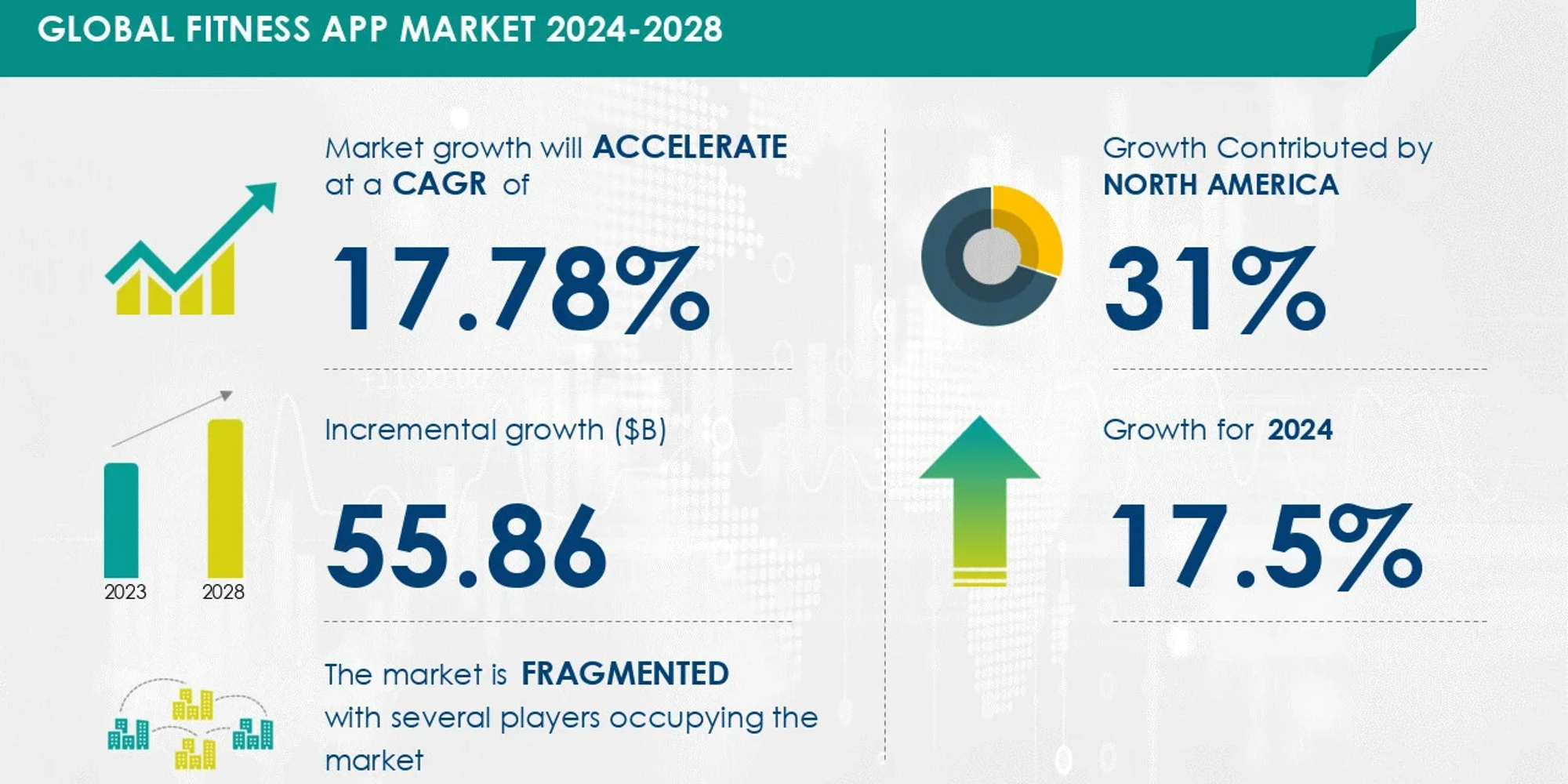Bussiness
4 Big Tips For Business AI

Panel on Coping with Rapid Change: AI Rana el Kaliuby, Manish Goyal, Lin Qiao, Will Keooffel, & Yair Adato
As we continue to hear from more people about the future of AI, we get some compelling insights on how businesses should handle their new initiatives and projects.
I thought it would be helpful to go back over some of the top tips that all of us heard during the year, and go over their applications for business.
Modern business team discussing new ideas at the office. Business people on meeting in modern … [+]
First, there are some liability-related pieces of advice that experts often give business. I heard about these in multiple lectures throughout the spring and summer.
Listing them in bullet points, you have items like these:
· Fact check both content and end user processes
· Secure the data and ensure proper data governance
· Monitor AI work… effectively!
On the third point, you should monitor both the input and the output, not just one or the other, and good I/O monitoring will go a long way.
Street camera for surveillance and business icons over cityscape background. Concept of security and … [+]
To the first point, a lot of businesses do monitor the content, but they might not think about proactive checking of user processes that AI is implementing, like chatbot output, which is more dynamic and harder to monitor. Everything has to be targeted and precise, or to put it another way, the AI can’t make errors or throw in problematic hallucinations.
Quotes from a Recent IIA Conference on AI Use:
“We no longer talk about humans as the receiving side of GenAI, we talk about agents, right? So there will be a lot of agents play(ing) different roles. They will self-organize, self-coordinate with each other. So for one task, it will have multiple agents talking with each other, to finish that task and then latency becomes even more important.” – Lin Qiao
There’s massive opportunity in the ‘pickaxes and shovels’ to this revolution. But there’s also massive opportunity for domain experts to understand the implications of AI in their domain. So we see incredible legal experts, incredible healthcare experts in biotech …. There’s massive interest in AI, not just for drug discovery, but for so much else in that world.” – Will Koffel
“When you develop something, when you have go-to-market, when you have design review, and you think about elements like privacy and security and scale, you need also to think about responsible AI, which basically means to take accountability.” – Yair Adato
Here are some other broader general guidelines for businesses that want to build a solid foundation with AI tools, regardless of their sector:
Build your own model, or use someone else’s, in a strategic way – in so many cases, our experts suggest that businesses should be able to build their own LLM to handle whatever processes they dreamed up. The downside of using someone else’s model that you don’t have proprietary control. But this is not an ironclad rule in every case. In other cases, startups can become more agile and scale more quickly by using someone else’s model. So this is really a tip that depends on your project and your intentions.
Own your own data – this one might apply more to the end user than the corporation, but it is imperative that companies own the data they’re using to run AI. Otherwise, they’re really playing with fire in a liability sense, or losing out in a competitive sense, or both.
Partner when you can – a lot of our people are also suggesting that businesses should build strategic partnerships, not just go it alone in AI production. You can imagine this also has an impact on scaling and time to market.
Make talent a priority – with the rampant hiring of data scientists, AI prompt engineers and other key positions, there’s a finite pool of talent in any given industry.
In addition to these four top-level goals, businesses should look out for any security or privacy concerns and understand the regulatory landscape around AI.
Compliance rule law and regulation graphic interface for business quality policy planning to meet … [+]
That’s quite a bit to chew on, but to me, it illustrates a lot of the main points that people have been bringing up in our classes and in our conferences as the AI age commences. We’ve seen extraordinary advancements in the first half of 2024, and the year is only halfway over. Christmas time and New Year’s are likely to have many more new products and services that spring themselves on the market suddenly, and in unexpected ways … so stay tuned.









